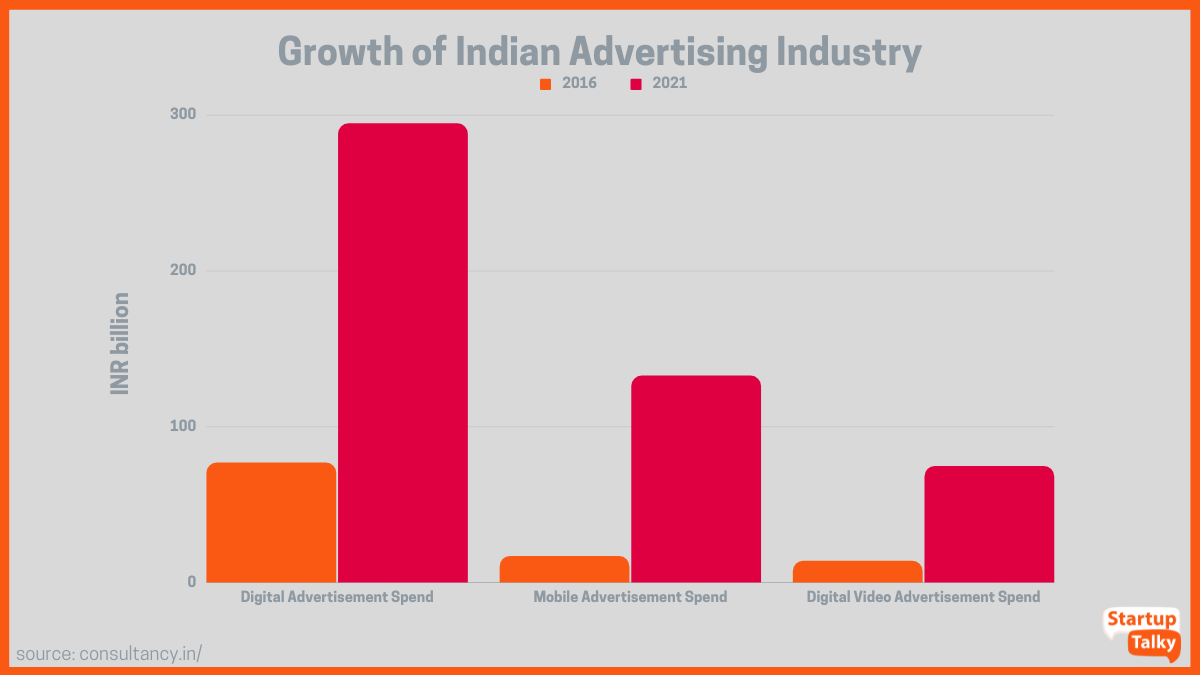E-Commerce 2.0: What the Future Holds
🔍Insights
The Article is contributed By Lucas Johnson, Associate Vice President, Zippo Global Marketing
The ecommerce industry is constantly evolving, and this year has witnessed several interesting trends. More than ever, brands are creating and improving their ecommerce businesses to become accessible to customers wherever they are. An aftermath of the pandemic, the work-from-home policy has encouraged changes in consumer behavior, driving offline customer footfall to online stores.
Here are few trends which I think will share the ecommerce in the coming future.
Trend 1: Personalized & Mobile Commerce
Trend 2: Loyalty Programs
Trend 3: Social Selling
Trend 4: Sustainability
Trend 5: Integration within Metaverse and other Gaming Platforms
Trend 1: Personalized & Mobile Commerce
A majority of eCommerce businesses are building mobile-first strategies as mobile traffic continues to rise. Mobile peer-to-peer (P2P) payment systems make it easy and convenient to conduct business from smartphones, while SMS (text-based) marketing makes it easier to connect with customers to drive repeat business, provide order information, and reduce abandoned carts.
The real frontier here is personalization. This not only refers to product personalization (“Nike by You”, for example), but also personalized experiences on e-comm sites for consumers. Smart brands are tailoring their owned e-comm content to each consumer based on their buying cues and interests.

Trend 2: Loyalty Programs
People love eCommerce loyalty programs because they reward regular customers for repeat purchases in the form of cash-back, discounts and next-purchase coupons. Loyalty programs provide brands with user data which help them understand their customers’ buying behavior and accordingly curate special offers for customers based on their unique purchase history. These programs help improve the rate of customer retention and contribute to increase in sale.
Trend 3: Social Selling
Social media gave rise to the influencer and their ability to promote brands and products to a devoted audience. Social media platforms are now blurring the lines between e-commerce shops and social media, making it easier for both brands and influencers to convert followers into customers via shoppable posts. Instagram and Pinterest are two strong examples of where social selling is flourishing, but now TikTok takes this a step further with the rise of livestream selling, where brand representatives or influencers offer live, sometimes around-the-clock, video of product demonstrations, testimonials, and exclusive reveals. This new form of selling has taken over China and has begun to appear in other global markets and regions through Amazon Live and other sites.

Trend 4: Sustainability
Driving a business to achieve eCommerce sustainability means building a brand that supports environmentally friendly practices; from green packaging to more eco-friendly shipping. Not only is it the right thing to do for the planet, but it’s a critical concern for many consumers. Going green might help brands expand their market share while helping make the earth more habitable.
Trend 5: Integration within Metaverse and other Gaming Platforms
Meta’s social VR platform Horizon hit 300,000 users – a 10x increase in just about three months. Although it’s not quite ready for advertising and in-world eCommerce sales, that’s coming soon! Many popular global brands are planning to sell virtual, branded goods to consumers via this new age platform. Meanwhile, other gaming systems will open their platforms to eCommerce sales. This is an innovative space that offers tremendous visibility, especially for reaching younger demographics
Brands today are facing a world of opportunity to evolve, with success coming from big and small steps alike. Most successful brands are setting themselves apart by selling direct to consumers while aligning themselves with a broader sensibility. This includes their approach to product development, customer experience, marketing, community building and distribution strategies. It is imperative for e-commerce business owners today, to keep abreast of industry trends to stay competitive and identify new opportunities that will drive growth for the business in the near future.
Must have tools for startups - Recommended by StartupTalky
- Convert Visitors into Leads- SeizeLead
- Website Builder SquareSpace
- Manage your business Smoothly Google Business Suite






